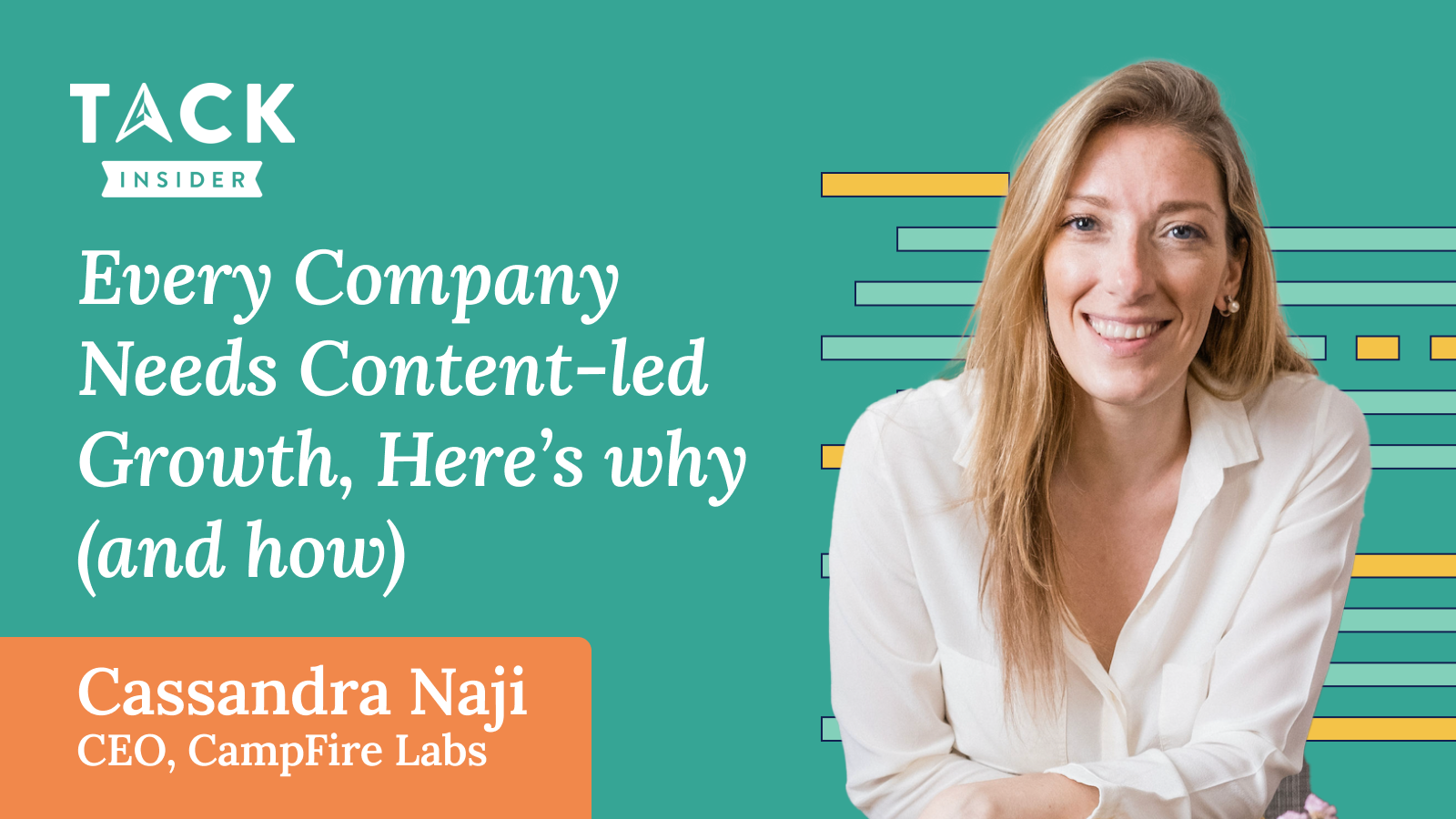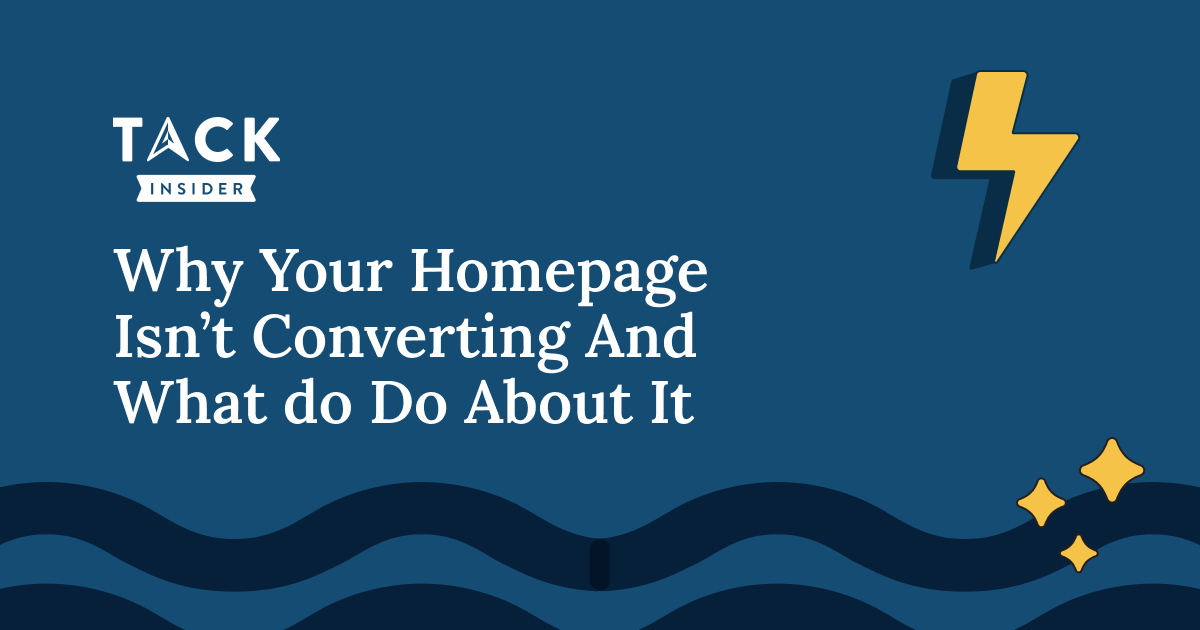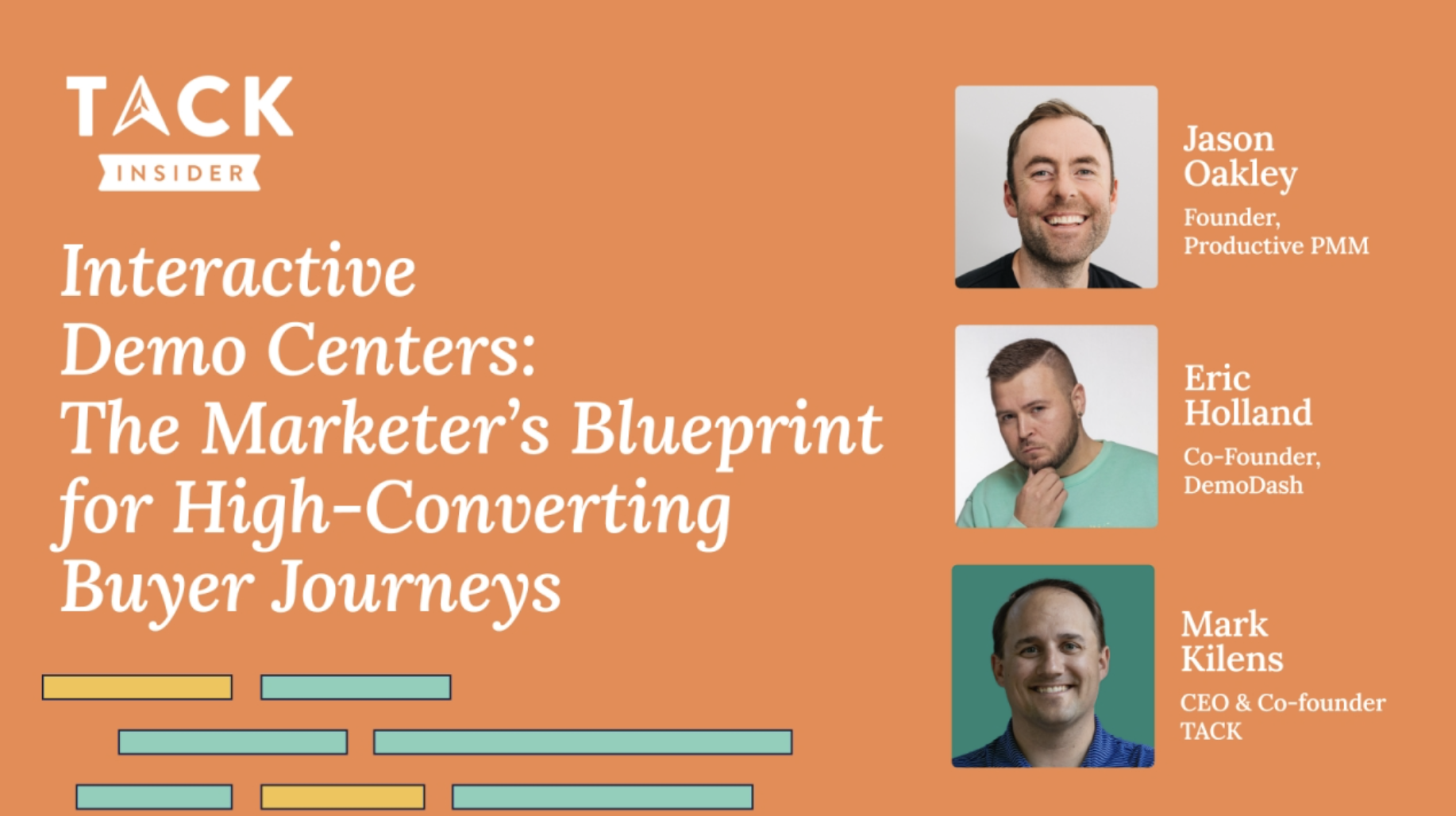Hosted by: Mark Kilens, CEO & Founder at TACK
Speakers: Doug Davidoff, CEO, Lift Enablement
Overview
Content marketing is due for an upgrade. Cassie from Campfire Labs, breaks down what she call “content-led growth”—a more intentional, outcome-driven approach to creating and distributing content. Instead of chasing pageviews or top-of-funnel MQLs, content-led growth centers on building trust across the entire customer journey with fewer, high-leverage assets. Here’s how it works, and how to put it into practice.
Check out the full slides of the webinar
1. What Is Content-Led Growth, Really?
The term isn’t just a rebrand of content marketing. Content-led growth focuses on generating both net new and retained revenue by creating content with (not just for) your audience—then amplifying it across touchpoints and measuring the right signals.
Key differences from traditional content marketing:
- It’s not just a marketing function; it includes sales, CS, and product teams.
- Each content asset is treated as a strategic campaign, not a one-off.
- Content is co-created with real customers, partners, and experts.
“Create with your audience, not just for them. That’s where content-led growth starts to differentiate.”
2. The Create–Amplify–Measure Flywheel
Cassie and Mark recommend a three-part framework to guide content-led campaigns:
Create:
- Ideate with your ICP, prospects, and customers—before the first draft.
- Validate hypotheses through interviews, co-creation sessions, and early feedback.
- Build cornerstone content assets that map to buyer outcomes.
Amplify:
- Incentivize everyone who touched the content—customers, team members, partners—to share it.
- Move beyond the content team: sales, devs, CS, and executives should all play a role.
- Use distribution tactics that reflect how people discover content today (think LinkedIn, not just email).
Measure:
- Use engagement signals, not just form fills, to assess content impact.
- Focus on pipeline and revenue, not just traffic or MQLs.
- Feed content engagement data back into sales and marketing workflows to enable warm outreach.
3. Treat Content Like a Product
High-impact content today should be designed and launched like a product:
- Brief it with a clear audience, value proposition, positioning, and differentiation.
- Launch it with the same care you’d give a feature release—through events, webinars, and follow-on assets.
- Repurpose ruthlessly: one maturity model can spawn a guide, webinar, blog series, and sales enablement tools.
Swoogo’s event maturity model was one example. Built collaboratively between TACK and Campfire Labs, it became a revenue-generating engine spanning multiple campaigns and formats.
4. Build in Public—Yes, Even Your Content
Instead of waiting to unveil your work, start building excitement early by:
- Sharing drafts, outlines, and ideas on LinkedIn.
- Polling your audience to shape the direction of the piece.
- Posting learnings and “behind the scenes” takeaways from interviews or drafts.
This transparency doesn’t just build interest—it also sharpens the final asset through real-time feedback.
5. Align Around Problems, Not Just Personas
The best content-led growth campaigns rally around a single, clear enemy—an idea, behavior, or pain point.
- HubSpot fought “interruption marketing.”
- Drift attacked the “lead form.”
- TACK calls out “company-first go-to-market.”
Once the enemy is named, you can build messaging, products, and content assets that offer a compelling alternative. This gives your content strategy a red thread—and helps buyers remember you.
Key Takeaways
- Create fewer, higher-quality assets tied to real buyer outcomes.
- Involve your audience early—ideally at the ideation stage.
- Amplify through everyone involved in the asset, not just your content team.
- Focus measurement on engagement signals and pipeline impact.
- Launch content like a product—and extend its lifespan across months, not weeks.





